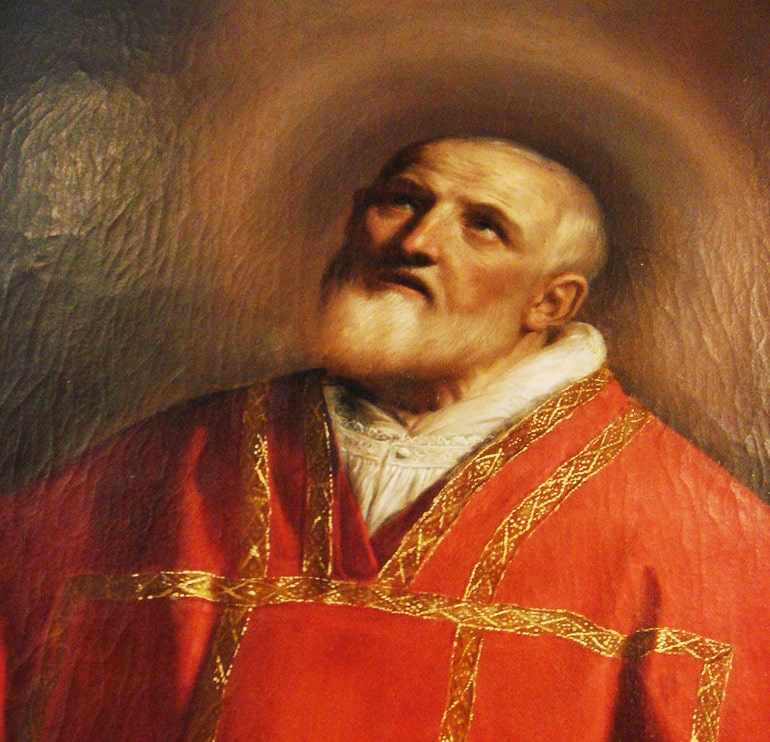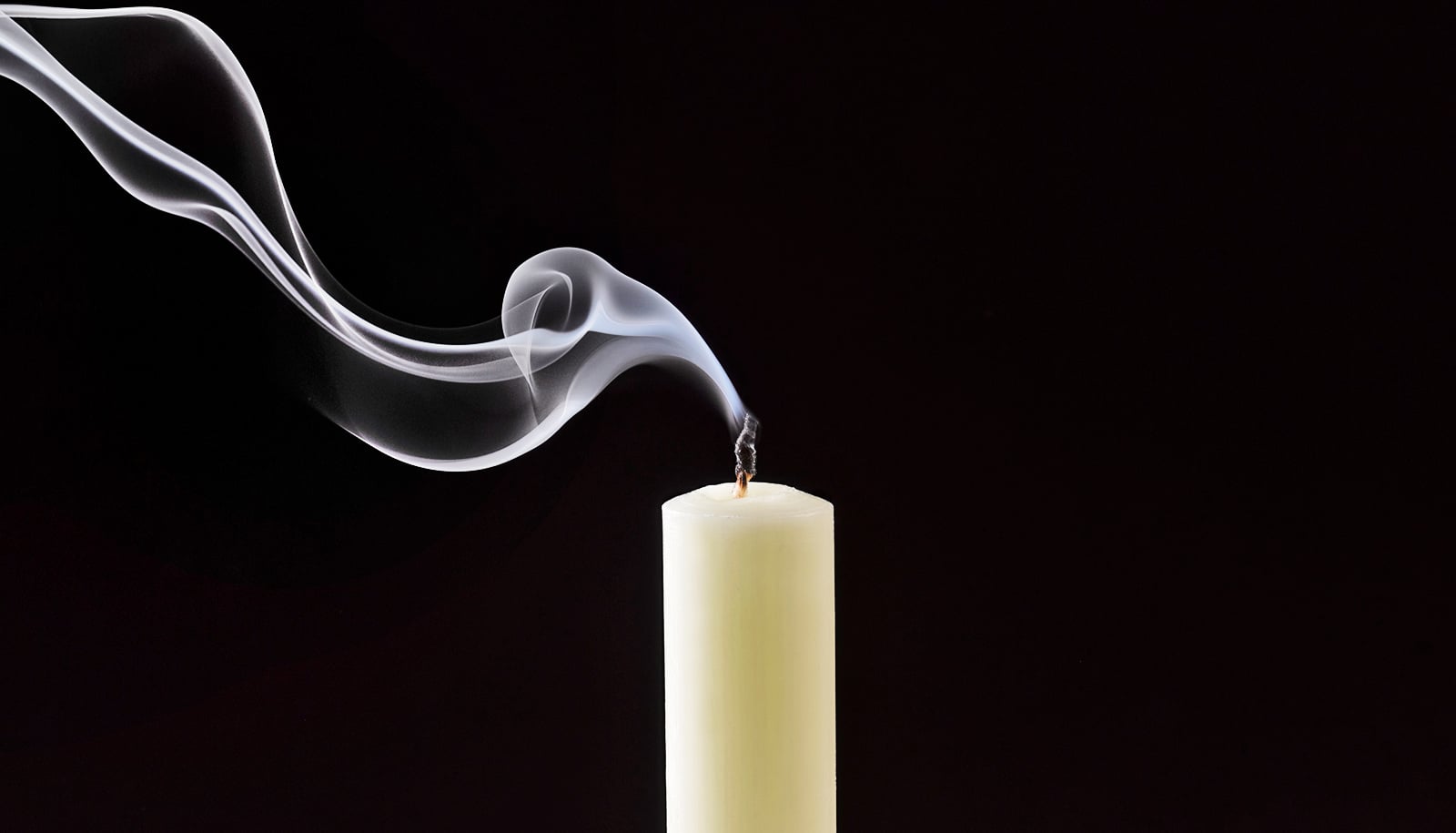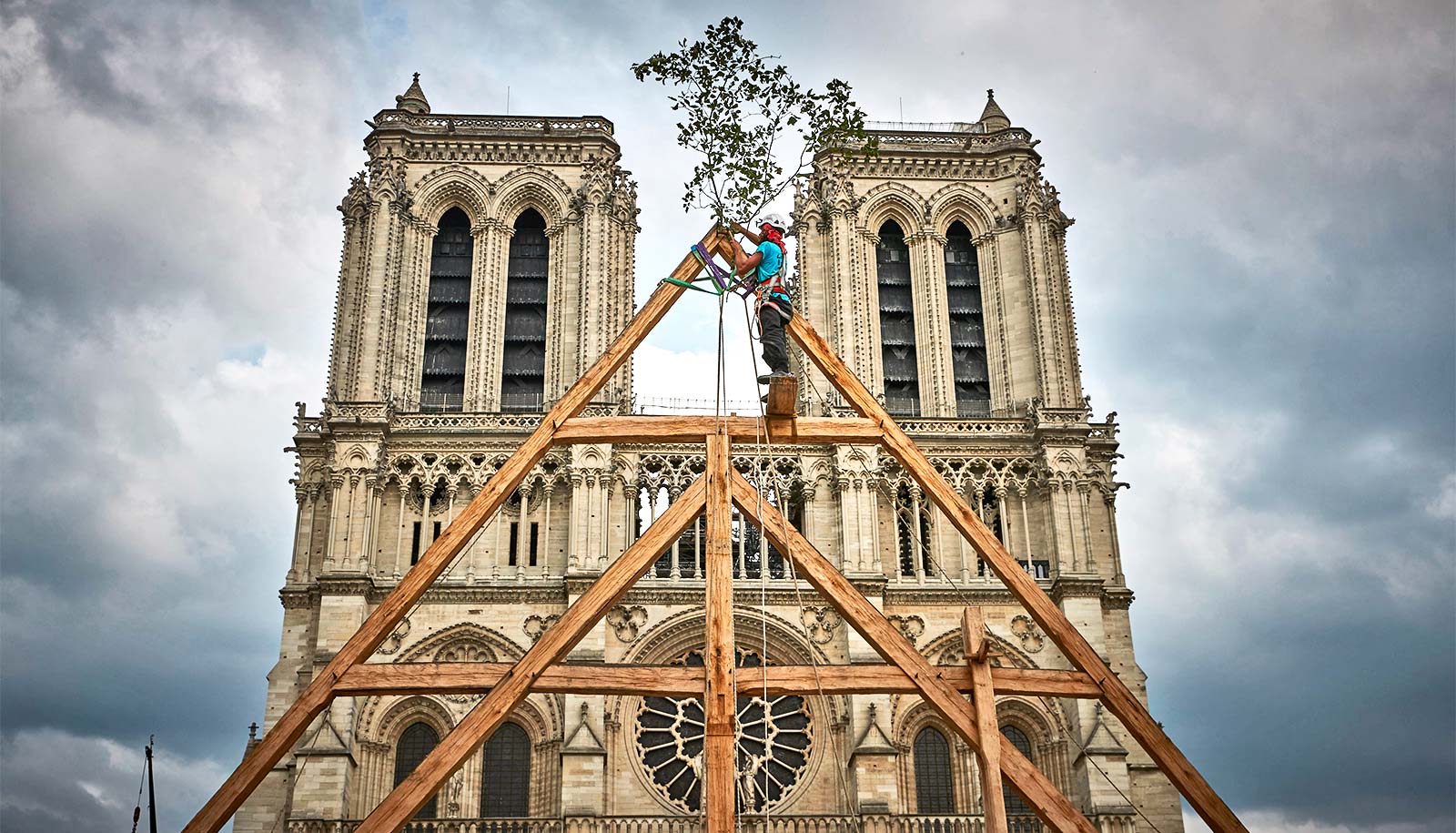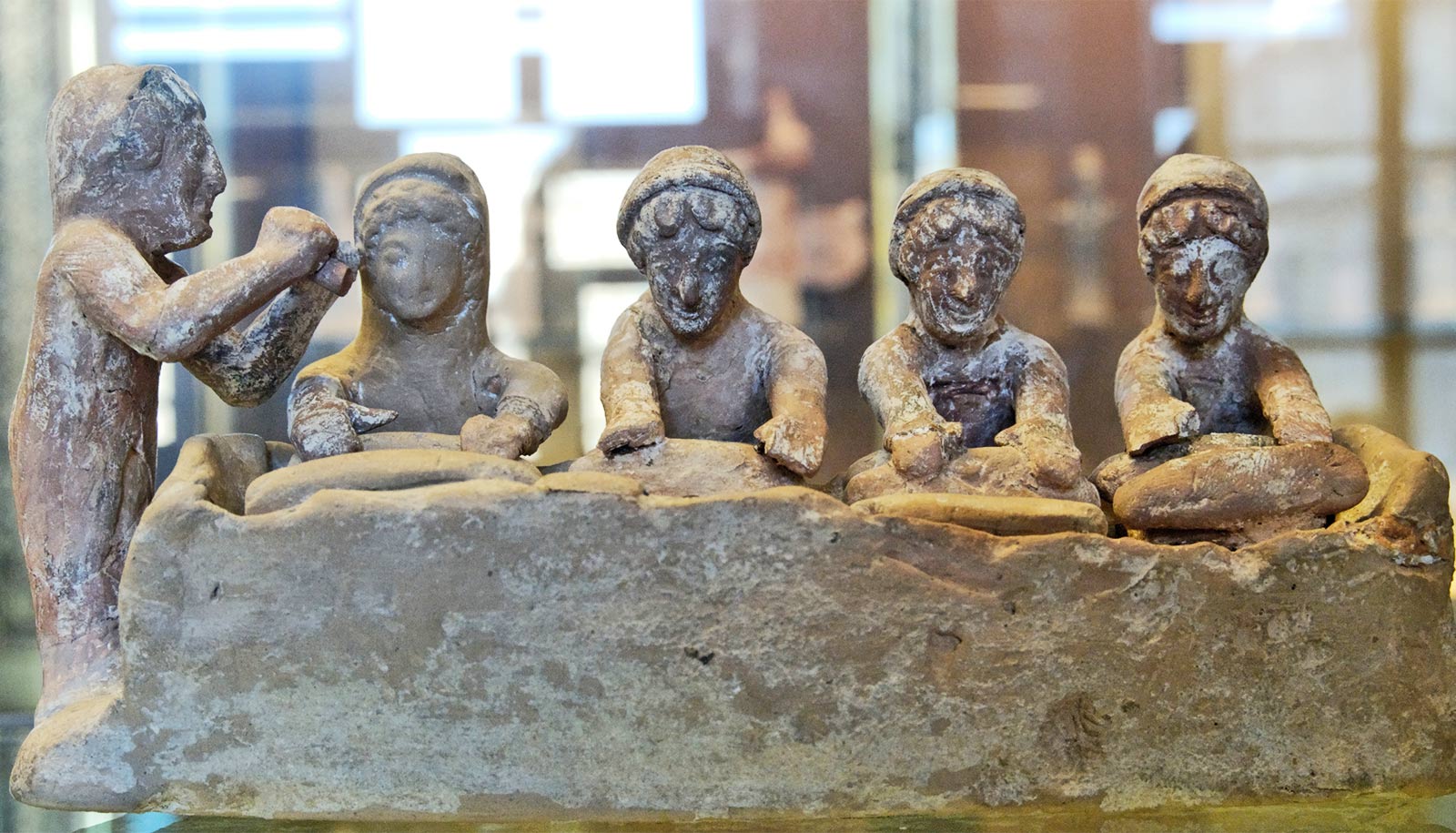Autopsy was commonly used during the 16th and 17th centuries to determine sainthood, according to a new book that explores the connection between the spiritual and physical realms in Catholicism.
During a 16th-century posthumous examination, the enlarged heart of recently deceased Fillipo Neri was found to have an enormous left ventricle and artery. It was so muscular, in fact, that two of Neri’s ribs cracked trying to contain it.
This anatomical anomaly was used as evidence that Neri was so full of God’s divine love that a regular-sized heart could not contain it—and thus he was officially confirmed St. Fillipo Neri.

“I found close to three dozen saints (and only because I stopped looking after that) who were subject to a postmortem,” says Brad Bouley, professor of history at the University of Santa Barbara and author of Pious Postmortems: Anatomy, Sanctity and the Catholic Church in Early Modern Europe (University of Pennsylvania Press, 2017).
“These were attempts to explore their bodies using a new anatomy to figure out if God had touched them, the idea being that closeness to God is not just a spiritual matter, but would actually change your body.”
Many of the bodies were observed to have very little decay or to have a particular sweet smell, suggesting they were divinely exempt from the physical process of decomposition and undoubtedly worthy of sainthood.
“Church men, when they’re trying to demonstrate the reality of miracles, aren’t just saying that you have to believe, they’re trying to prove it.”
“What the church was trying to demonstrate with these examinations, to the faithful and non-faithful alike, is that what you’re seeing in these bodies can’t be natural, and must therefore be beyond the realm of the natural,” Bouley says.
In the book, Bouley connects founding principles of modern science back to the practice of postmortem examination as sanctioned by the church.
“People were starting to use more empirical knowledge, and to learn about nature by experimenting,” he says. “Doctors would sometimes test bodies multiple times, in different atmospheric conditions. Church men, when they’re trying to demonstrate the reality of miracles, aren’t just saying that you have to believe, they’re trying to prove it.”
Why Halloween and Reformation Day overlap
The practice of postmortem had social implications, too, Bouley writes. Status and gender were key factors in determining holiness, illuminating early modern attitudes about class and sex.
“The most invasive examinations, that included probing and clear checks for celibacy, happened to women. Women were not really allowed to have a public persona, so for a female saint to have a public persona was quite worrisome to people.”
“The desire to use medical evidence to demonstrate the holy is definitely still going on.”
Further, canonization was often reserved for the elite. “It was incredibly expensive to have a canonization take place, and to bring a doctor in to look at a body,” he says. “You had to have rank, or at least have people of rank like you to start the canonization process. It wasn’t just about the evidence, but about who funded the evidence.”
While the validity of autopsy to confirm holiness began to wane in the 18th century as ideas about the qualifications for sainthood changed, the practice never fully stopped.
“Parts of this still continue. The most recent case I know of where a body was exhumed and checked for incorruption was in 2008. It’s not very common, but if someone is reputed to have a miracle of incorruption, they’ll still check it.”
But, it’s not just about sainthood. The practice of postmortem and the rationale behind it had broader, lasting implications on the modern Catholic Church, where attempts to prove the holy through irrefutable scientific proof continue.
Some Americans consult religion about science questions
“The desire to use medical evidence to demonstrate the holy is definitely still going on. If someone declares a healing miracle to have happened, the church still has panels of expert doctors check it.”
Bouley sorted through thousands of records in the Vatican Secret Archives, and was especially surprised by the strong connection between religious and scientific principles, dating all the way back to the 1500s.
“The view today is that science and religion tell different truths, but the general idea at the time was, that’s not true. If you really are a good investigator, what you’ll get by looking at nature is closer to God.”
Source: UC Santa Barbara



